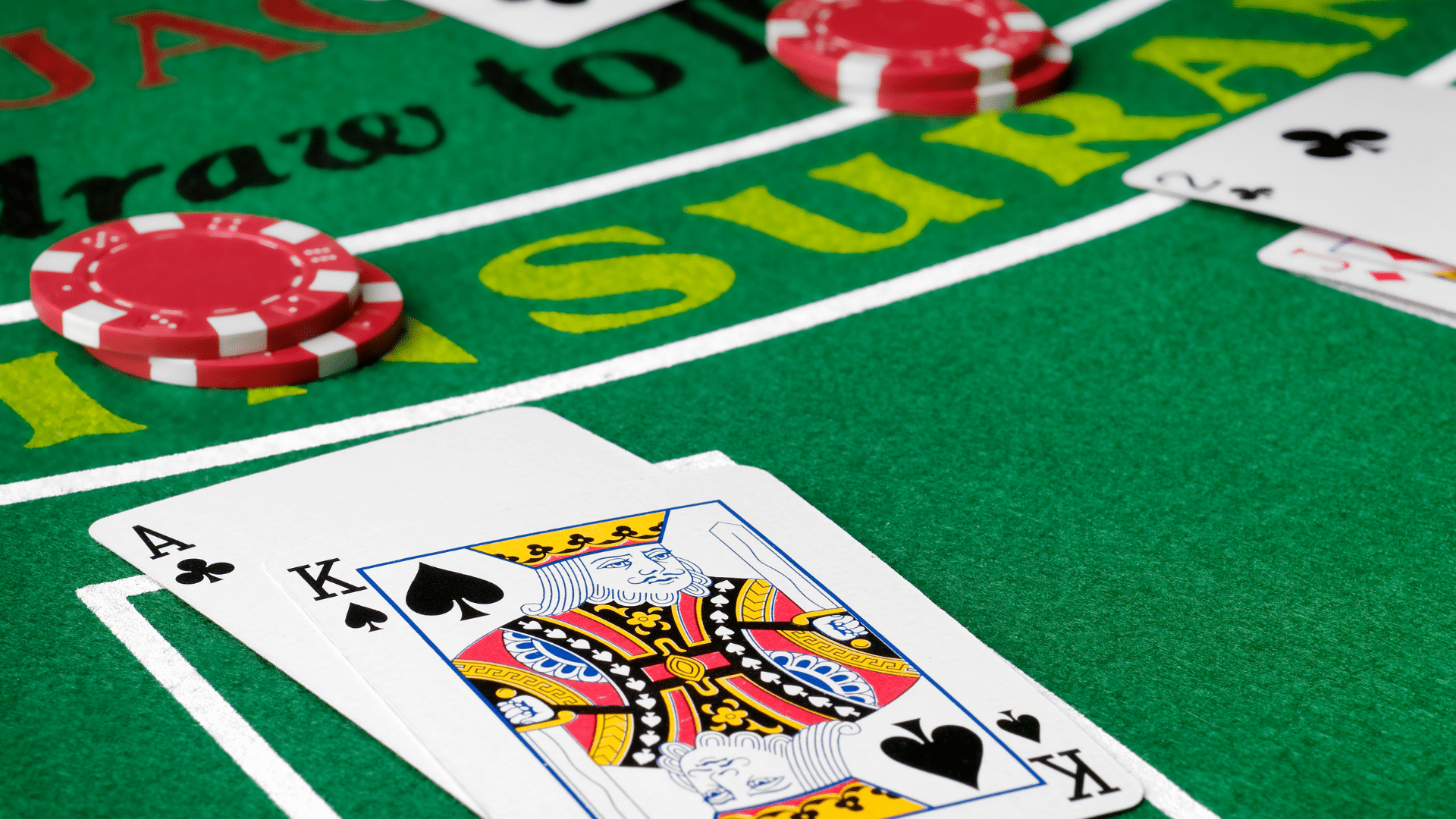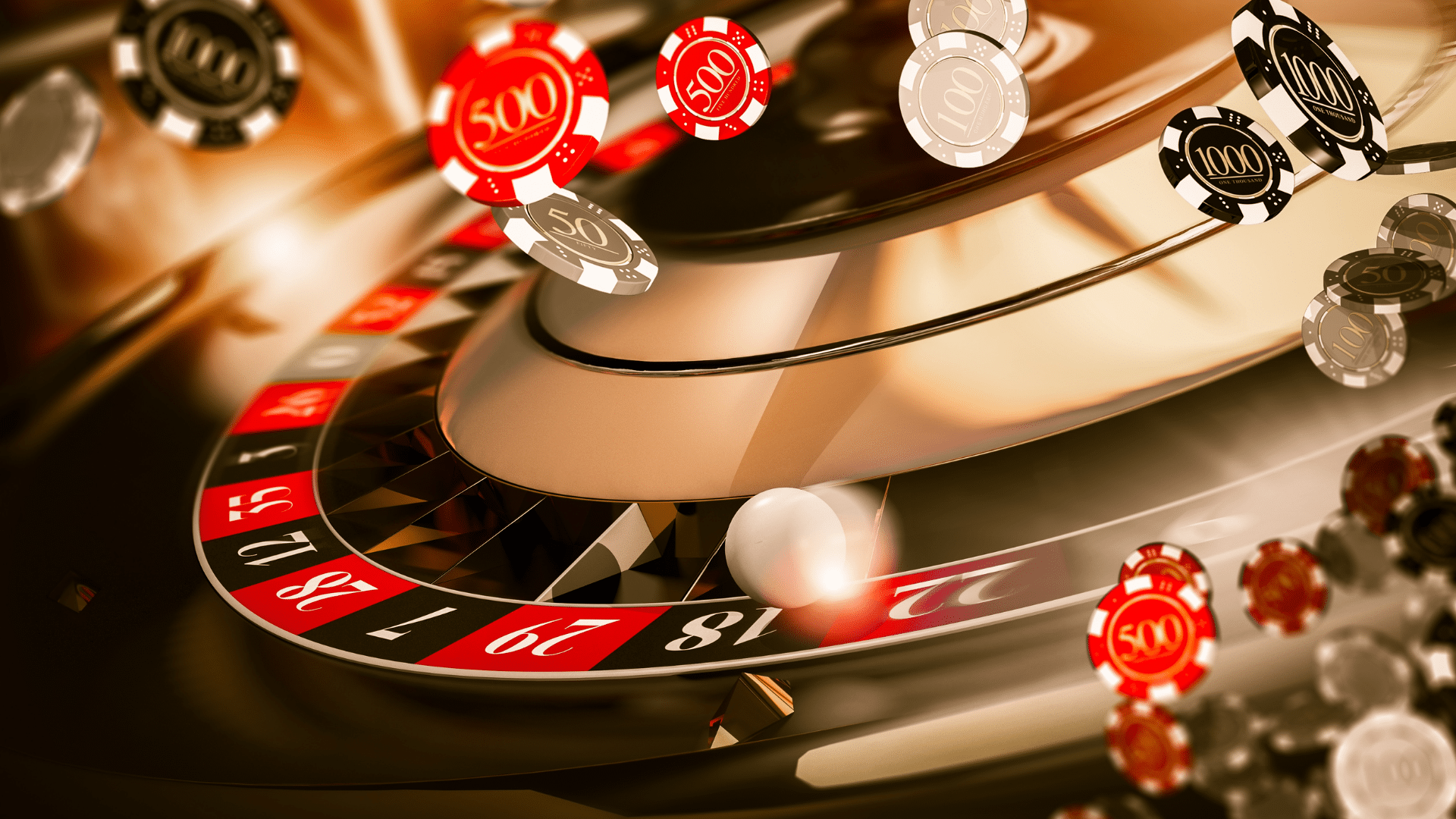“Hit me!”
Blackjack, the thrilling card game found in casinos worldwide, is more than just a game—it’s a captivating blend of simplicity and strategic decision-making that has kept players on the edge of their seats for generations.
Whether you’re a complete beginner or have dabbled in the game before, understanding the fundamentals is key to mastering blackjack and experiencing the excitement that awaits.
In this article, we will cover blackjack rules, gameplay, and helpful tips to help you get started on your journey.
What Is Blackjack?
Blackjack is a card game where your goal is to have a hand value higher than the dealer’s, without exceeding 21.
Each card has a specific value and the game revolves around skillfully managing your hand to make the best decisions.
You can play blackjack with a single deck of 52 cards, or multiple decks combined. The most common number of decks used in modern blackjack games is 6 or 8.
Card Values in Blackjack
To effectively play blackjack, it’s essential to understand the value assigned to each card.
- Numerical cards (2-10): Numerical cards maintain their face value. A 2 is worth 2 points, a 5 is worth 5 points, and so on.
- Face cards: King, Queen, and Jack have a value of 10.
- Ace card: The Ace is special—it can count as either 1 or 11. The Ace’s flexibility adds an element of excitement and strategic depth to the game.
Now, let’s get into the rules and how to play.
Blackjack Rules and How to Play
The game begins with the dealer dealing two cards to each player, including themselves.
The players’ cards are typically face-up, while the dealer has one card face-up and the other face-down. The players then have several options for their hand:
- Hit: Receive an additional card to increase the hand’s total.
- Stand: Choose to keep the current hand without receiving more cards.
- Double Down: Double the initial bet and receive one additional card.
- Split: If the first two cards have the same value, split them into separate hands, each with its own bet.
If a player’s hand exceeds 21, they “bust” and lose the round.
Once all players have completed their actions, the dealer reveals their facedown card. The dealer must hit until they reach a hand value of 17 or higher.
If the dealer busts, all remaining players win. Otherwise, the player with a hand value closer to 21 wins. If there’s a tie, the player’s bet is returned.
Payout Structure
In blackjack, understanding the payout structure is crucial for making informed decisions and maximizing your winnings.
The payout structure in blackjack varies depending on the outcome of the round and the specific rules of the casino or variant being played. Here are the common payout scenarios:
- Winning hand: If your hand’s value is higher than the dealer’s without exceeding 21, you win. In this case, the payout is typically 1:1. For example: If you bet $10, you would receive an additional $10 in winnings, resulting in a total of $20.
- Blackjack: If your two cards are an Ace and a 10-value card (10, Jack, Queen, or King), you have a blackjack. A blackjack typically pays out at a higher rate than a regular win, often at 3:2 or 2:1. For example: If you bet $10, a 3:2 payout would result in winnings of $15, resulting in a total of $25.
- Tie: If your hand’s value matches the dealer’s hand, it’s called a push. In this case, your original bet is returned to you and no winnings or losses occur.
- Insurance: When the dealer’s faced-up card is an Ace, you have the option to take insurance. Insurance is a side bet, typically equal to half of your original bet, that protects you in case the dealer has a blackjack. If the dealer has a blackjack, the insurance bet pays out at a rate of 2:1. However, if the dealer does not have a blackjack, you lose the insurance bet, but the round continues as usual.
Since payouts can vary, it’s important to familiarize yourself with the specific rules and payouts of the blackjack game you are playing to ensure better decision-making during gameplay.
Blackjack Odds
Having a grasp of the odds associated with different blackjack scenarios can help your decision-making.
- Blackjack Probability: The probability of being dealt a blackjack depends on the number of decks used in the game. In a single-deck game, the probability is approximately 4.83%. With multiple decks, the probability decreases slightly.
- Bust Percentage: The bust percentage represents the likelihood of going over 21 by taking an additional card. For example: If your hand value is 16, the chance of busting with the next card is approximately 62%.
- Dealer Bust Percentage: The dealer’s bust percentage varies depending on their upcard. When the dealer’s upcard is a 2, their likelihood of busting is approximately 35%, while with an upcard of 7 has around 42%.
Understanding various blackjack odds helps you navigate the game more effectively and make better decisions.
Tips for Beginners
When it comes to playing blackjack, employing sound strategies can significantly improve your chances of success.
Here are 7 essential tips to help you get started:
1. Learn Basic Strategy
Familiarize yourself with basic blackjack strategy, which provides guidelines for optimal decisions based on your hand and the dealer’s upcard.
Basic strategy charts are widely available and can help you make informed choices in various situations.
2. Start with Small Bets
As a beginner, it’s wise to start with smaller bets until you gain confidence and experience.
This approach allows you to manage your bankroll effectively and minimize potential losses while you learn the game.
3. Manage Your Bankroll
Proper bankroll management is crucial in any casino game, including blackjack.
Set a budget for your blackjack sessions and determine the maximum amount you’re willing to wager. Stick to your predetermined limits and avoid chasing losses.
Remember that blackjack is a game of both skill and luck, and variance can occur. Managing your bankroll effectively ensures a more enjoyable and sustainable playing experience.
4. Avoid Insurance Bets
Insurance is a side bet that becomes available when the dealer’s upcard is an Ace. It pays 2:1 if the dealer has a blackjack.
However, statistically, insurance bets are generally not favorable in the long run and it’s best for beginners to avoid taking them.
5. Practice Patience and Discipline
Blackjack is all about strategy and making the right moves.
Patience and discipline are your best buddies here. Don’t let your emotions get the best of you or make snap decisions based on gut feelings. Stick to the basic strategy and trust the math behind it.
Consistently making smart moves will pay off over the long run.
6. Practice Online or with Mobile Apps
Take advantage of free online blackjack games or mobile apps to practice your skills.
These platforms provide a risk-free environment where you can refine your strategies, test different betting approaches, and gain confidence in your gameplay.
Practice will help you familiarize yourself with the rules, improve decision-making speed, and enhance your overall understanding of the game.
7. Enjoy the Process
Remember that blackjack should ultimately be a fun game.
While the goal is to win, it’s essential to enjoy the process and have fun while palying. Embrace the challenges and rewards that come with playing. Appreciate the skill development aspect of the game and the excitement of making strategic decisions.
By approaching blackjack with a positive mindset, you can create a more fulfilling gaming experience.
Playing Blackjack at the Decentral Games Casino
Ready to start playing?
Sign up for the DG Casino for a unique blackjack experience.




